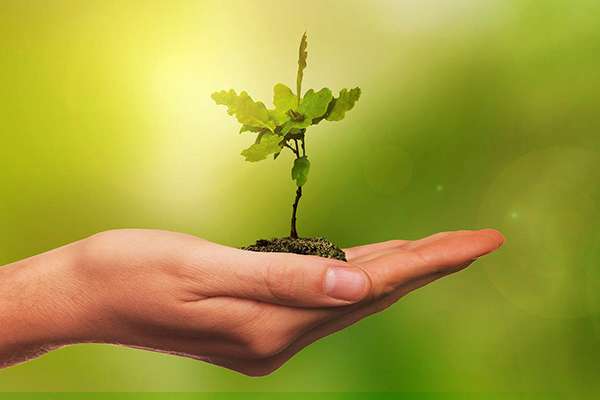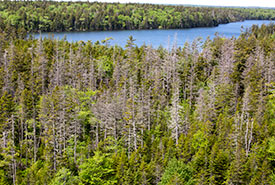World Environment Day 2022: Defeating Deforestation
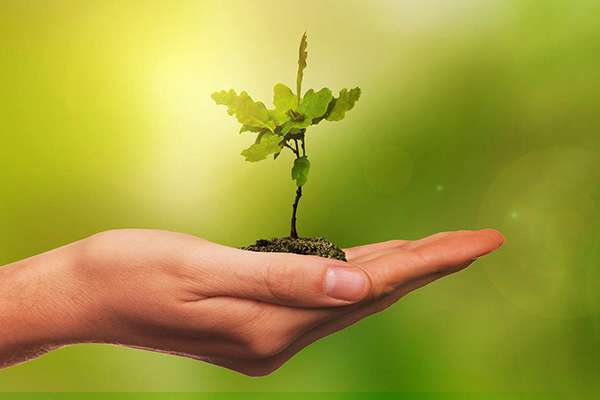
As far as we know, there’s only one Earth. World Environment Day reminds us of that fact and brings attention to our harmful environmental practices, such as rampant deforestation.
“Only one Earth. In the universe are billions of galaxies, in our galaxy are billions of planets, but there is #OnlyOneEarth. Let’s take care of it.”
That’s the thought behind this year’s World Environment Day, June 5, 2022. Led by the United Nations Environment Programme and held annually on June 5 since 1974, World Environment Day is the largest platform globally for familiarizing the public with environmental issues. It has engaged millions of people across the world.
As of right now, we are using the equivalent of 1.6 Earths to maintain our current ways of life, and ecosystems cannot keep up with our demands. The world is in a climate emergency: “a code red for humanity,” according to the U. N. Secretary-General. The concentration of human-caused greenhouse gas emissions in the atmosphere is wreaking havoc across the planet and threatening economies, food, our health and our lives. The world is far from securing a global temperature rise to below 2 degrees Celsius as promised in the Paris Agreement.
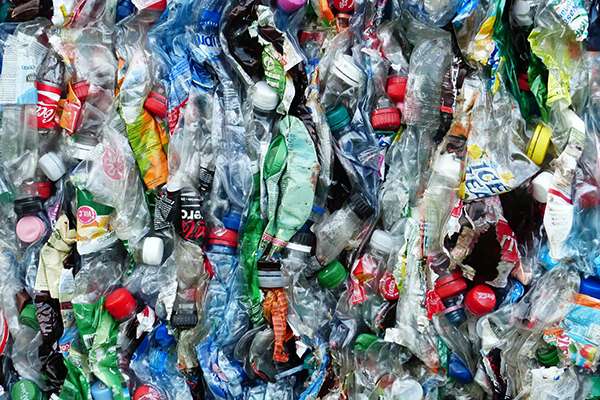
If historic growth trends continue, global production of primary plastic will reach 1,100 million tons by 2050. There’s also a worrying shift towards single-use plastic products, items meant to be thrown away after a single, short use.
Too, plastics, including microplastics, are now ubiquitous in our natural environments. Since the 1970s, the rate of plastic production has grown faster than that of any other material. Around the world, 1 million plastic bottles are purchased every minute, while up to 5 trillion plastic bags are used worldwide every year. In total, half of all plastic produced is designed for single-use purposes. Plastics are becoming part of the Earth’s fossil record and a marker of the Anthropocene, our current geological era. They have even given their name to a new marine microbial habitat called the “plastisphere.”
World Environment Day is meant to remind us that the whole surface of the Earth is a series of connected ecosystems, from deserts to oceans to peatlands. Often, distant ecosystems rely on each other in unexpected ways. For example, each year the Amazon Rain Forest is fertilized by phosphorous contained in about 22,000 tons of dust carried by winds from the Sahara Desert, thousands of miles away.
For thousands of years, people have coexisted with ecosystems; but as human populations have grown, we have begun to encroach on and—in some cases—overtake them, causing their rich biodiversity and delicate balances to suffer. That, in turn, has limited the ability of ecosystems to deliver vital services to humanity.
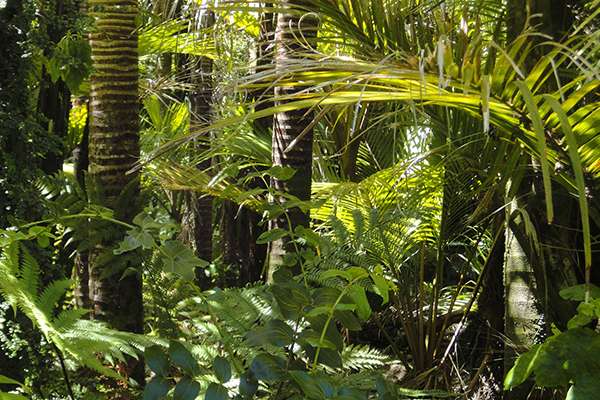
All of Earth’s ecosystems are connected in some way. For example, the Amazon Rain Forest is fertilized by phosphorous contained in dust carried by winds from Africa’s Sahara Desert, thousands of miles away.
So, this year, for World Environment Day, let’s look at one of our planet’s most amazing biospheres: the Amazon Rain Forest. First, let’s examine what deforestation there is doing to the animals who call the vast region home; and then, let’s turn to some more hopeful news: how a unique public-private initiative has reduced deforestation for soy farming in the Amazon, highlighting opportunities for similar efforts across the Tropics and the world.
Deforestation is stressing animals
Lots of us are feeling anxious about the destruction of the natural world. But we aren’t the only ones under stress. By analyzing hormones that accumulate in fur, researchers have now found that marsupials and rodents living in smaller patches of South America’s Atlantic Forest are under more stress than those living in more intact forests.
The Atlantic Forest is South America’s second-largest forest (after the Amazon Rain Forest). It extends from northeastern Brazil south along the Brazilian coastline, into northwestern Argentina and then into eastern Paraguay. It once covered 463,000 square miles, an area bigger than California, Nevada, Oregon and Washington put together. Since the arrival of Portuguese colonists 500 years ago, parts of the forest have been destroyed to make way for cities and farmland. Today, less than one-third of the original forest remains.

Brazil’s marmosets live in a variety of forest types. Losing such habitats can dramatically change their lives: competition for food and contact with predators can increase, adding up to long-term stress.
The destruction of an animal’s habitat can drastically change its life. There’s less food and territory to go around, and the animal might find itself in more frequent contact with predators or in increased competition with other animals for resources. These circumstances can add up to long-term stress.
Stress isn’t always a bad thing: in small doses, it can save your life. If something could cause you to be injured or to die, the stress response mobilizes energy to deal with that situation and brings things back into a normal state. Stress, in other words, can help you survive. For instance, if an animal encounters a predator, a flood of stress hormones can give it the energy it needs to run away, and then those hormone levels go back down to normal. But when animals are placed into small fragments of habitat where they experience elevated stress over prolonged periods, that can lead to disease and dysregulation of various physiological mechanisms in their bodies.
For a study that was published in the journal Scientific Reports in February 2021, researchers trapped 106 mammals from forests in eastern Paraguay, which have been particularly hard hit in the last century as they were clear-cut for cattle raising, firewood and soy farming. The animals captured included five species of rodents and two species of marsupials.
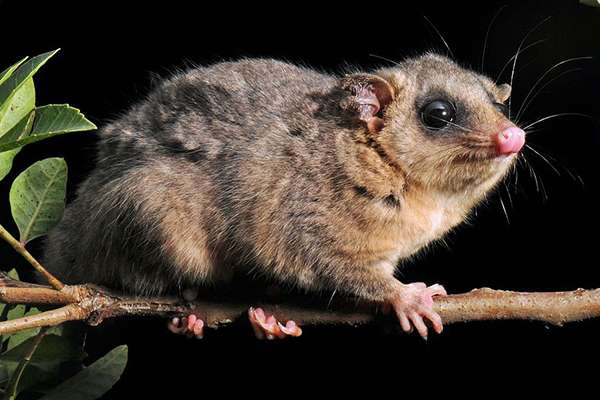
Researchers analyzed the fur of mouse opossums in clear-cut areas of Paraguay. They found more stress hormones in their fur than in that of mouse opossums from larger patches of forest. ©Renato Augusto Martins, Wikimedia Commons
The researchers then took samples of the animals’ fur, since over periods of many days or weeks, hormones accumulate there and could present a clearer picture of typical stress levels than the hormones present in blood samples. Back in the lab, the researchers ground the fur into a fine powder and extracted and analyzed the hormones.
The research team found that the animals from smaller patches of forest had higher levels of glucocorticoid stress hormones than animals from larger sections of forest. That was not surprising, given the extent to which some of these forested areas had been heavily impacted by fragmentation and tree loss.
This study not only sheds light on how animals respond to deforestation, but it could also lead to a better understanding of the circumstances in which animals are able to pass diseases to humans. Stressed mammals can harbor viruses and other diseases, while more and more people are living near these deforested areas and potentially encountering them. By destroying natural habitats, we’re creating hot spots for zoonotic disease outbreaks.
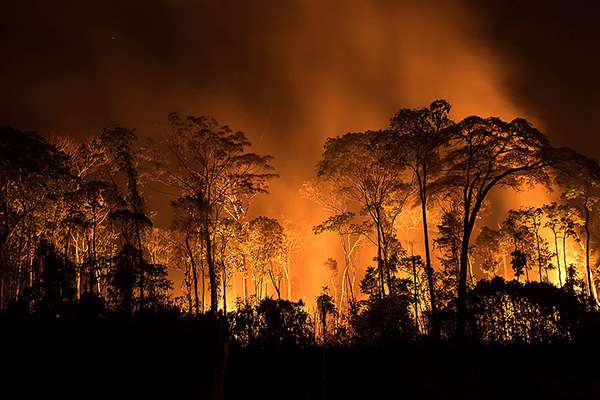
More than 6,500 square miles of the Brazilian Cerrado’s native vegetation has been cleared for soy plantations in the last 11 years, according to Global Canopy and the Stockholm Environment Institute, two NGOs. ©Amazonia Real, Wikimedia Commons
Reducing deforestation is working in the Amazon
In 2006, Greenpeace, a global network of independent organizations that use communications and peaceful protests to expose environmental problems and promote green solutions, launched a campaign exposing deforestation caused by soy production in the Brazilian Amazon. In the previous year, soy farming expanded into more than 600 square miles of recently cleared forests. The destruction, said Greenpeace, had to stop.
In response, the region’s major soy companies signed the Amazon Soy Moratorium (ASM), pledging not to purchase crops grown on recently cleared land. Deforestation fell in the following years, but no one had measured the moratorium’s aggregate impact. But in a study published in the science journal Nature Food in December 2020, researchers at the University of Wisconsin–Madison quantified the ASM’s effects and documented how it achieved its success.
The researchers found that the agreement prevented thousands of square miles of deforestation over its first decade. In fact, in one decade, the ASM saved almost 7,000 square miles of forest, an area bigger than the state of Connecticut. What’s more, the policy did not appear to hamper agricultural growth or push deforestation to other sectors or regions.
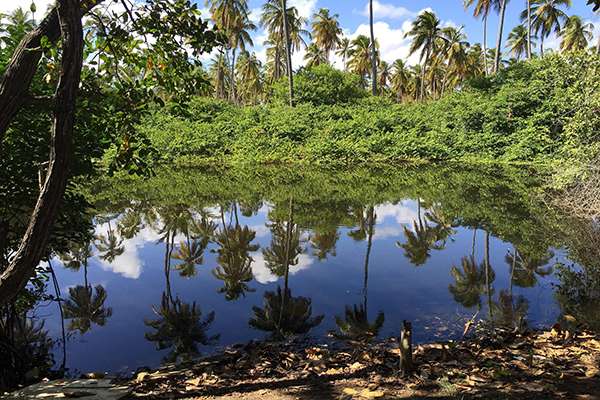
The Amazon Soy Moratorium (ASM) has kept deforestation in soy-suitable portions of the region to levels that are 35 percent lower than what would have occurred without the ASM.
Around the same time that the Amazon Soy Moratorium was adopted, the Brazilian government was expanding its regulations against deforestation. The policies covered the legal Amazon, a large administrative area that includes not only the Amazon Rain Forest but parts of the Cerrado biome, an expansive region of tropical forests and savannas southwest of the rain forest.
Fortunately, the moratorium had three key features the team could use to distinguish its effects from the government actions: it went into effect in May 2006, it was restricted to the Amazon Rain Forest and it applied specifically to land cleared for soy production. So, the researchers were able to compare deforestation across ecosystems after the adoption of the ASM and across locations with different suitability for soy production to isolate the impact of the moratorium.
The authors of the study found a reduction in deforestation above and beyond what they could attribute to the government policies alone. They estimate that between 2006 and 2016, deforestation in soy-suitable portions of the Amazon was 35 percent lower than what would have occurred without the ASM.
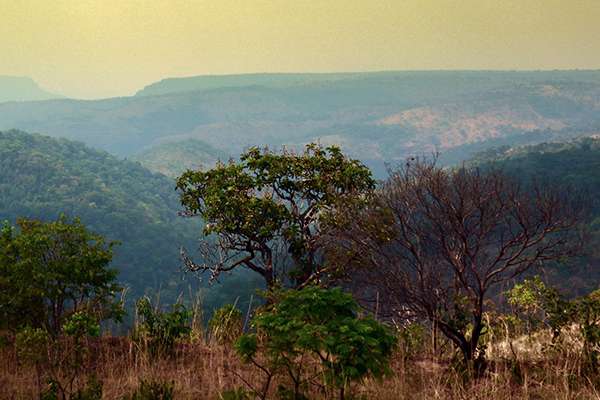
Located between the Amazon, Atlantic Forest and the Pantanal, the Cerrado is the largest savanna region in South America. There are more than 10,000 species of plants, almost half of which are found nowhere else in the world. ©A. Duarte, flickr
Scientists and conservationists were concerned the ASM might prompt soy farmers to begin planting in pastures, thereby pushing ranchers to clear more forest, essentially passing the buck to a different sector. However, the study suggests this did not happen. That’s likely due, at least in part, to similar campaigns aiming to stem deforestation in the cattle sector. These efforts began in 2008 and resulted in similar zero-deforestation agreements in the cattle industry. The research team also saw little evidence that the ASM was pushing deforestation into the nearby Cerrado biome, though this risk continues to be a concern.
Although some Brazilian policymakers worry that strict environmental commitments may weaken economic growth, soy production in the Amazon has continued to expand since the adoption of the ASM. It increased from 4.9 million tons of production in 2006 to 17.2 million tons in 2019. Ultimately, the moratorium has demonstrated that soy expansion is possible without deforestation.
To better understand how this type of conservation policy could be applied elsewhere, the scientists sought to pinpoint exactly what contributed to the moratorium’s effectiveness. It turns out that one of the strengths of the ASM is that it was a nearly unanimous decision among all the soy buyers in that region. The signatories account for about 90 percent of all soy purchases in that sector, and this high market share ensured that the agreement would transform agricultural practice. If farmers wanted to sell their soy, they had to abide by the policies the ASM set out.
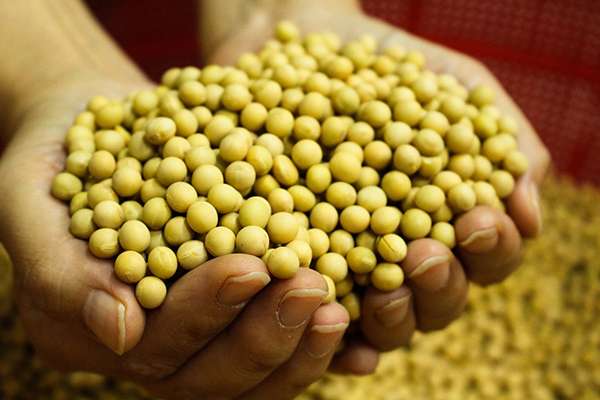
The Amazon Soy Moratorium shows that soy expansion is possible without clear-cutting the forests. Consistent global demand for zero-deforestation soy will continue to discourage new deforestation.
Another factor that contributed to the ASM’s success was the cooperation of government agencies, nonprofit NGOs (nongovernmental organizations) and private companies. Corporate participation added a direct market penalty that discourages deforestation. The involvement of environmental organizations, such as Greenpeace, The Nature Conservancy and World Wildlife Fund, boosted confidence that the agreement wasn’t merely a form of greenwashing. Finally, public investments in satellite monitoring systems and local property registries provided the backbone for monitoring and enforcing the moratorium.
In 2016, the parties involved chose to renew the ASM indefinitely. While this represents a major victory for sustainable agriculture, the agreement’s continuing success still faces obstacles. Some farmers have raised objections to the ASM, saying that requirements that go beyond the country’s forest laws amount to a violation of Brazil’s sovereignty. And while deforestation rates are now double what they were at their low point in 2012, they’re still dramatically lower than what they were back in 2003 and 2004. However, the uptick may reflect efforts by the current President Jair Bolsonaro to weaken the country’s forest protections.
Still, the ASM’s unique mix of public and private policymaking can make environmental gains more resilient. Consistent global demand for zero-deforestation soy will continue to discourage new deforestation despite the weakening of public policies.
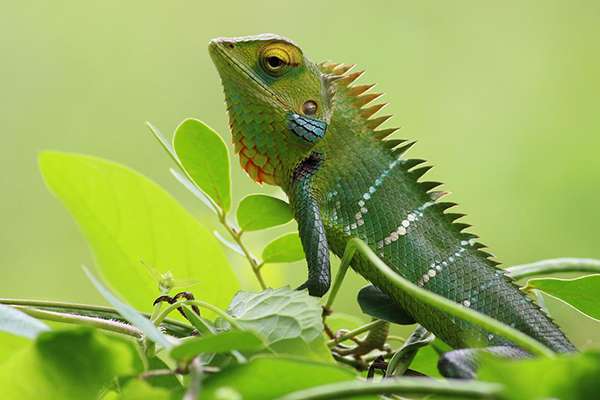
“Only one Earth. In the universe are billions of galaxies, in our galaxy are billions of planets, but there is #OnlyOneEarth. Let’s take care of it.”—World Environment Day 2022
As a growing number of major companies around the world pledge to reduce their environmental impacts, the question arises of how to translate those lofty goals into concrete actions. The ASM provides an example of what is possible when companies take aggressive, transparent steps towards supply chain sustainability. It provides hope that private actors—such as you and me—can trigger meaningful improvements in the way society interacts with our environment.
Realizing we don’t have an Earth and a half
Unfortunately, we don’t have 1.6 Earths, the amount we’re using up right now. There’s just a single, 1.0 Earth.
So, as World Environment Day would have us do, let’s take care of it. This year on June 5, consider what you can do to protect your home. For all of us.
Here’s to finding your true places and natural habitats,
Candy

